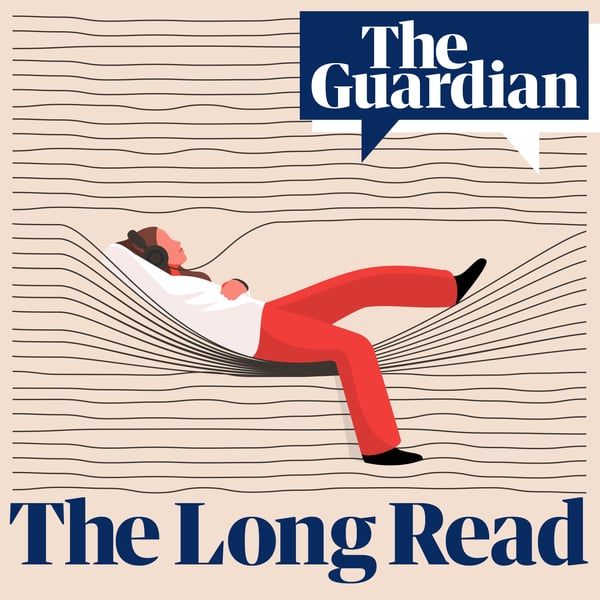From the archive: The retired cops investigating unsolved murders in one of America’s most violent cities
The Audio Long Read
The Guardian
4.3 • 2.4K Ratings
🗓️ 11 May 2022
⏱️ 44 minutes
🧾️ Download transcript
Summary
Transcript
Click on a timestamp to play from that location
| 0:00.0 | This is the Guardian. |
| 0:30.0 | This is the Guardian. |
| 1:00.0 | and then reconstituted with new personnel and an emphasis on reestablishing trust with the people of the city. |
| 1:05.0 | The effort, which was largely based around community policing, had shown early signs of success with steep declines in crime. |
| 1:12.0 | And the Times piece contained a throwaway line about the fact that as a part of this new effort, the police department had established its first cold case unit. |
| 1:19.0 | Candid's new cold case unit struck me right away as a likely profile subject. |
| 1:23.0 | For a long time, the city had been one of the most dangerous places in the United States. |
| 1:27.0 | It was not unusual for Candid to land at or near the top of the list for per capita murder rates. |
| 1:33.0 | I also knew that like in many other cities in the US, particularly those that are poor and largely inhabited by people of color, the rate at which murders in Candid were solved had fallen precipitously in the last 30 years or so. |
| 1:45.0 | You had dozens and dozens and dozens of unsolved murders going back decades. |
| 1:49.0 | I was curious about how you could possibly address that backlog, what it would look like in practice, and what the work of this new unit might mean to city residents. |
| 1:58.0 | In reporting the piece, I was delighted to find that the four detectives doing this work were an incredibly charismatic and by the standards of cops open and forthcoming group. |
| 2:07.0 | But what surprised me most in part no doubt due to my naivete and inexperience, I'd been a journalist for just a couple of years at the time, was how slow and painstaking the work of the cold case squad was. |
| 2:18.0 | In more resembled what you might think of as the work of a historian or even an archaeologist than what we tend to see on television, they were reading and rereading old files and reports digging through musty storerooms, comparing faded photographs. |
| 2:30.0 | Once they had identified likely interview subjects, suspects or persons of interest, tracking them down often proved difficult or impossible. |
| 2:37.0 | Many of the folks who were connected in one way or another to these crimes, like a lot of people in the city, were and had been living extremely precarious lives, just barely holding on to homes, families and livelihoods. |
| 2:49.0 | They moved off and had their phone service shut off. What if you had died from drugs or violence? |
| 2:54.0 | Marty Devlin, who was sort of the unofficial lead detective in the unit, a wisecracking hard boiled kind of guy, talked a lot about how the passage of time complicated cold case investigations. |
| 3:04.0 | He was referring to the nuts and bolts of detective work, what became apparent and what I tried to bring out in the story was the extent to which they were really up against the history of the city. |
| 3:13.0 | Racist real estate practices that had prevented people from owning homes, the loss of thousands of jobs that came with the closure of factories and shipyards, the violent drug trade that replaced the old economy, and the distrust of cops that was in part a response to the historical sins of the police department. |
| 3:29.0 | The Hall family, who are the protagonists of the case of the center of the story, really embodies the history of the city in many ways. |
| 3:36.0 | They had worked in the factories and shipyards and even in the police department and had done very well, but the historical tides of the city ultimately caught up with them in terrible ways. |
... |
Please login to see the full transcript.
Disclaimer: The podcast and artwork embedded on this page are from The Guardian, and are the property of its owner and not affiliated with or endorsed by Tapesearch.
Generated transcripts are the property of The Guardian and are distributed freely under the Fair Use doctrine. Transcripts generated by Tapesearch are not guaranteed to be accurate.
Copyright © Tapesearch 2025.

